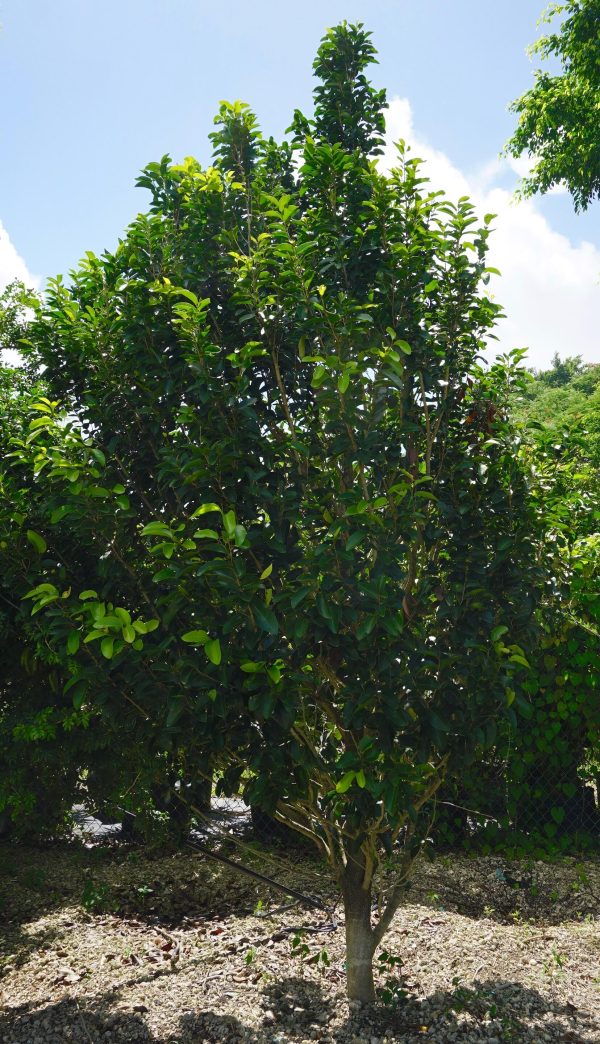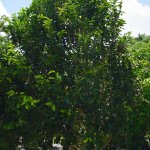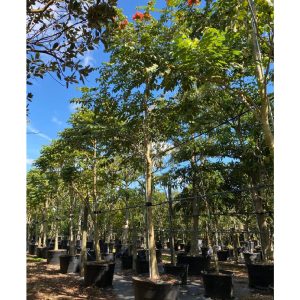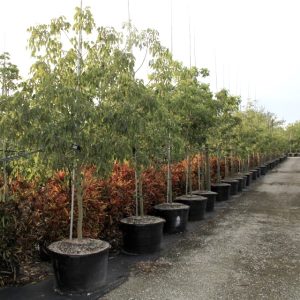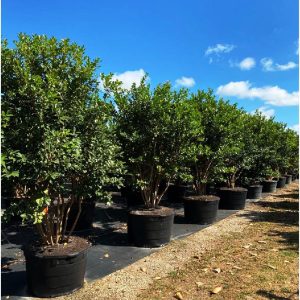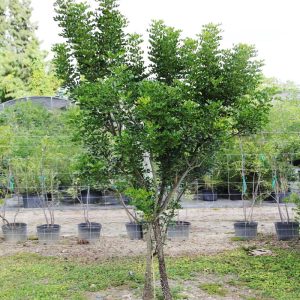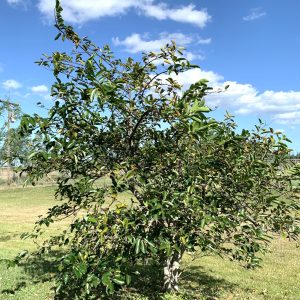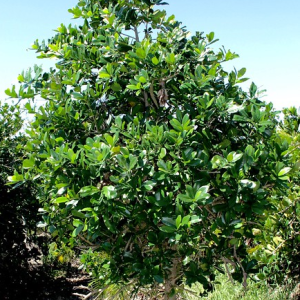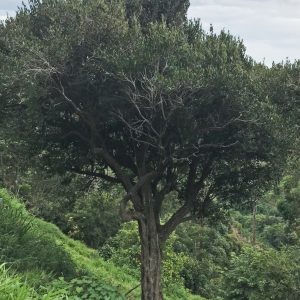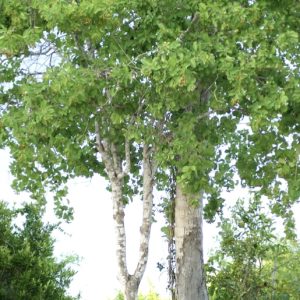Description
Drypetes lateriflora (Milk bark) takes its common name from it poisonous latex which is common to it and so many euphorbs. As a result, Milk bark is an infrequent plant in the hammocks of south Florida. Also, it is threatened in the wild in the state. It is a medium-sized tree, typically 20-30 feet tall, with small ascending branches. It has a reddish to light brown bark, which is fairly distinctive from other hammock species; because of its patchy white marks that tend to appear on the trunk. Leaves are simple, alternate, thin, firm, entire, and ovate to lance-shaped with shiny dark leaves, 3-4 inches long.
Furthermore, flowers are small and inconspicuous, greenish-white in color; bees are pollinators and the tree is considered a honey plant. Fruits are very small fuzzy red berries that attract birds. Drypetes lateriflora (Milk bark) can be grown from seed. In cultivation, the tree prefers moist, well-drained sandy or limestone soils with some surface humus. It is a recommended tree for creating natural landscapes, providing food and cover for wildlife, and is used in habitat restoration. For landscaping purposes the glossy green leaves and red fruits make milk bark an attractive choice for an accent or specimen tree in a wide range of garden settings.


